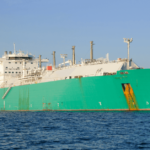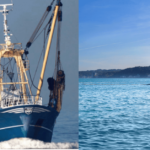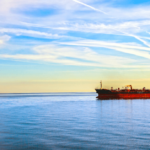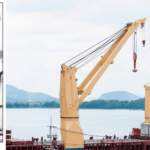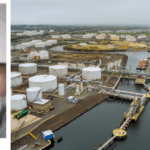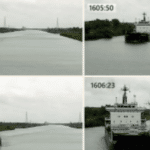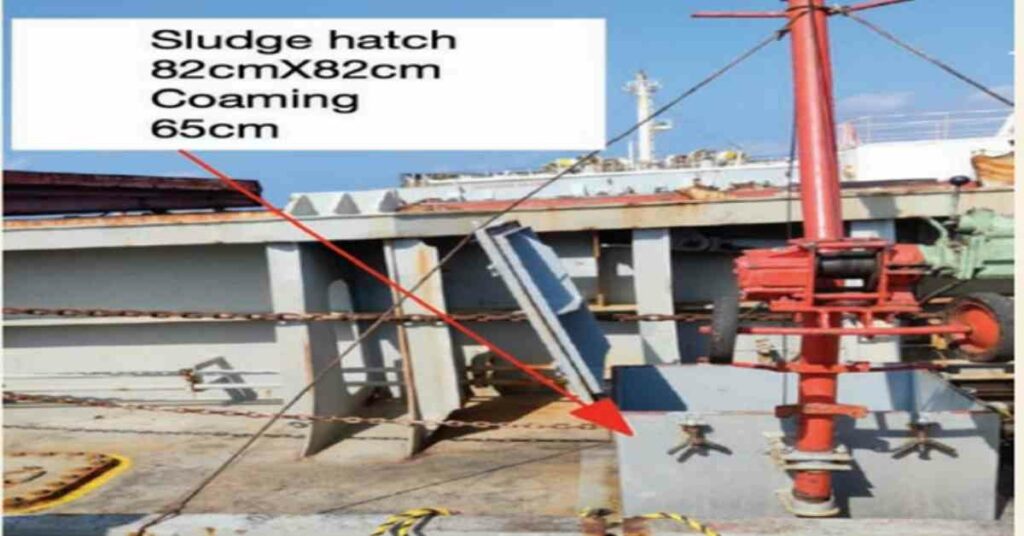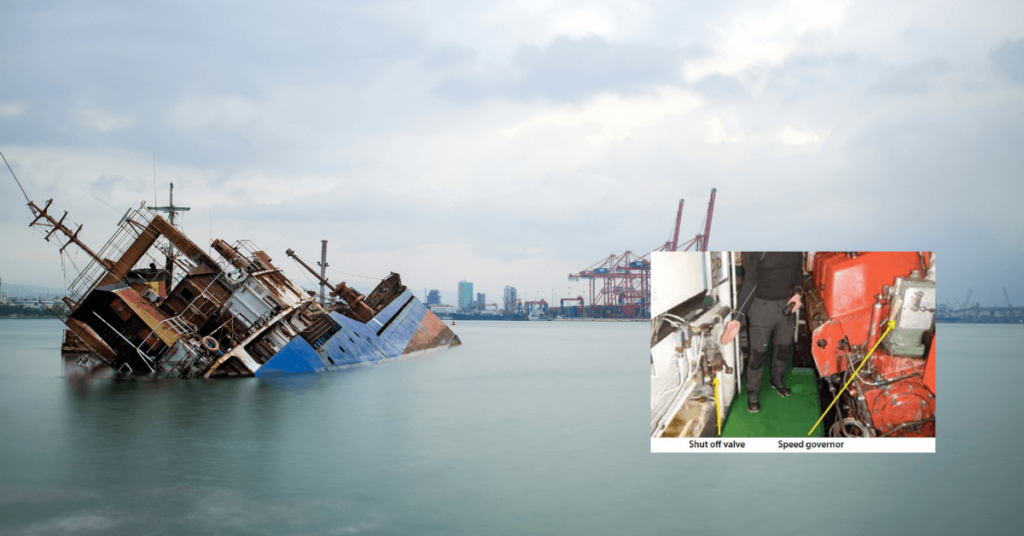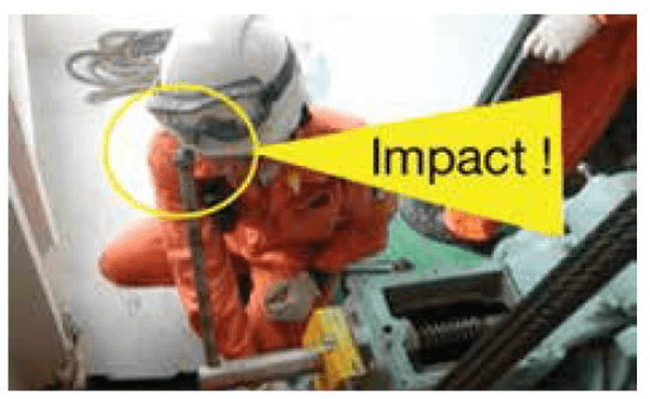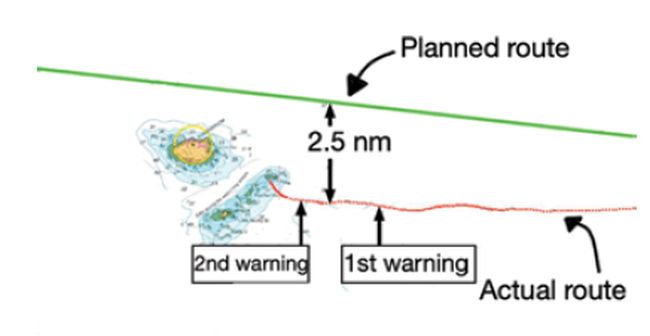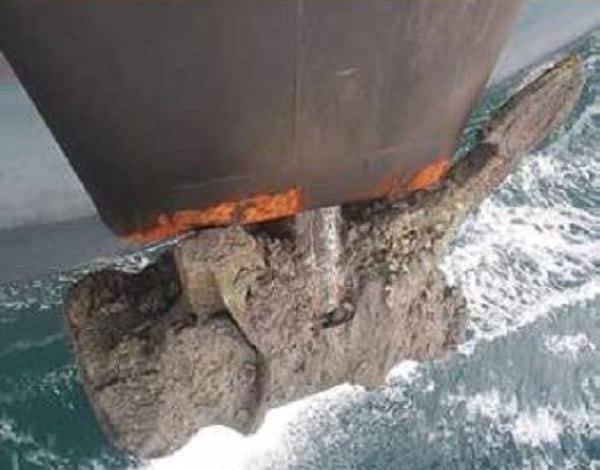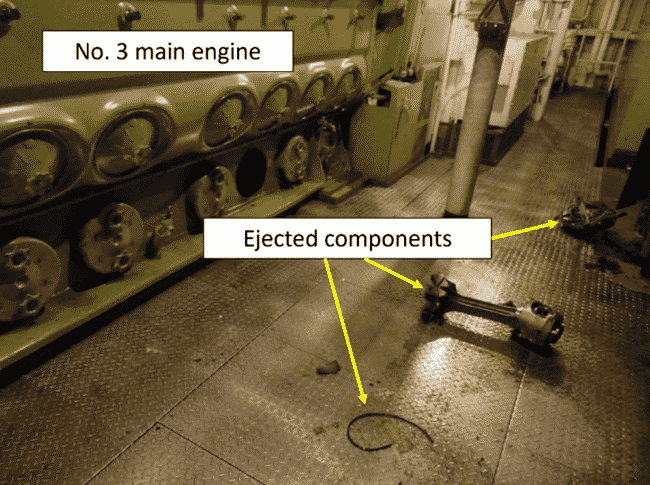Real Life Incident: Fire and Massive Blast Blackout in the Engine Room
A ro-ro cargo vessel was underway. At about 20.00, the engineer of the watch (EOW) left the engine control room (ECR) and started his hourly rounds of the engine room and machinery spaces. Shortly after entering the purifier room, he heard loud metallic knocking sounds coming from the engine room.
Meanwhile, vibrations were being felt on the bridge by the OOW. He immediately reduced the controllable pitch propeller (CPP) from 60% to 25%. He then saw that the fuel consumption meter was also fluctuating and giving abnormal readings, while various engine warning lights were illuminated.
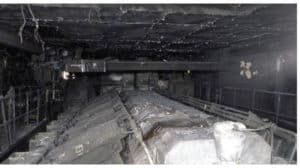
The EOW opened the purifier room door, looked out into the engine room and saw smoke rising from the port forward end of the main engine. The noise and vibration levels rapidly increased and, sensing danger, he ran back into the purifier room and crouched behind one of the purifiers.
Almost immediately there was a loud bang and flames flashed past the open purifier room door; the space quickly filled with thick black smoke. The ship blacked out, but within seconds the emergency generator started and the emergency lighting came on. Despite this, the smoke in the engine room had reduced visibility to almost zero.
The Master, who had been alerted by the strong ship vibrations, arrived on the bridge as the blackout occurred. The fire alarm system had been activated and the bridge alarm panel indicated that all zones within the engine room were affected.
The Master put the vessel’s CPP to zero pitch. He then instructed the OOW to sound the general alarm and make an intercom broadcast stating that it was a genuine emergency and instructing the crew to their muster stations. At about the same time, the chief officer arrived on the bridge and reported that he had seen copious amounts of smoke being emitted from the funnel.
The engine room fuel systems’ quick-closing valves and fuel pump emergency stops were activated from the control box adjacent to the ECR. In the purifier room, the EOW realised that his nearest escape route would take him past the main engine at cylinder head level. He decided instead to use the secondary escape route at the aft end of the engine room, even though this escape route was not fitted with an emergency escape breathing device (EEBD).
He took a deep breath and then exited the purifier room. On entering the dense black smoke, he ducked underneath the main engine exhaust gas trunking and ran aft past the two auxiliary generators. The escape route led him to the first of three vertical ladders. When he climbed the first ladder, he struggled to get past the ladder platform guard rail safety chains. He fell back down the ladder three times, losing his torch in the process, before succeeding in mounting the ladder. About 10 minutes after the initial fire outbreak, the EOW escaped from the engine room through the funnel casing weathertight door on to the upper vehicle deck. He then collapsed, gasping for breath.
Meanwhile, the engine room fire party had arrived on the upper vehicle deck and was running out fire hoses. They reported the EOW missing. A second muster took place on the upper vehicle deck, where the engine room fire flaps were located and were being shut. The EOW was located and was attended to by crew.
A helicopter was requested from the local coast guard to evacuate him as soon as possible. Now that all crew and passengers were accounted for, the fire flaps closed and the engine room fuel supply isolated, the engine room’s CO2 system was activated. Boundary cooling was initiated. The fire was declared extinguished about 3 hours and 40 minutes after it had begun.
The official investigation found, among other things, that:
- The fire was the consequence of a sudden major engine component failure, which led to the ejection of heavy engine parts from the crankcase and release of hot oil vapours into the engine room.
- Although the crew were confident the CO2 had been released, there was no information in the bottle room to identify easily which spaces were protected by which CO2 bottles. There were no visible means of identifying whether the gas bottle operating valves were open or closed.
- The accident demonstrates that more consideration could have been given to the number and location of EEBDs in this vessel’s engine room even though the required number had been fitted. For example, an additional EEBD at the secondary escape ladder on the tween deck level would be a sensible addition.
Lessons learned
- Every fixed gas fire-extinguishing system control station should have clear instructions for the operation of the system and means to identify which bottles have been spent.
- EEBDs are not an onerous expense. Proper consideration should be given to fitting all escape routes on vessels with EEBDs, even at the cost of going over the number of EEBDs required by class.
Do you have info to share with us ? Suggest a correction
- Real Life Incidents: Near Miss In Open Water And Good Visibility
- Real Life Incident: Poor Situational Awareness Leads to Collision
- Real Life Incident: Monkey’s Fist Knocks on Office Window
- Real Life Incident: Paint Storage Slip-Up On Ship
- Real Life Incident: Checklist Mentality Is A Burning Problem
- Real Life Incident: Vessel Speed Exacerbates Bank Suction
Latest Case studies Articles You Would Like:
Subscribe To Our Newsletters
By subscribing, you agree to our Privacy Policy and may receive occasional deal communications; you can unsubscribe anytime.




